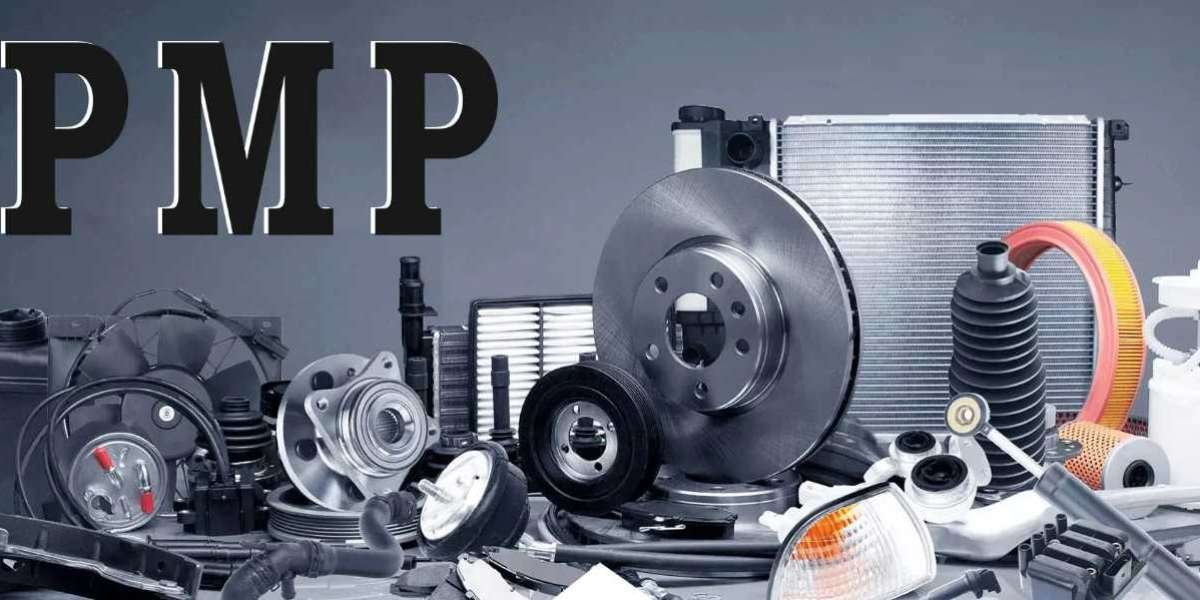As a car owner, you know that the safety of your vehicle and passengers is of utmost importance. One critical component that plays a significant role in ensuring your safety on the road is the brake system, and the brake pads are a crucial part of it. But have you ever wondered what makes a brake pad high-quality? In this article, we will delve into the science behind high-quality brake pads and understand the factors that contribute to their performance, durability, and safety.
Understanding Brake Pads
Brake pads are the components in a disc brake system that create friction against the brake rotor to slow down or stop the vehicle. When you press the brake pedal, the brake pads are squeezed against the rotor, generating heat and friction that eventually brings the vehicle to a halt. Brake pads are typically made of a combination of materials, including friction materials, binders, and reinforcements, each playing a vital role in their overall performance.
Friction Materials
Friction materials are the key element of a brake pad that directly interacts with the brake rotor to create friction and generate stopping power. The quality and composition of the friction materials used in a brake pad significantly impact its performance. High-quality brake pads use friction materials that are designed to provide consistent and reliable stopping power, even under extreme conditions.
One common type of friction material used in brake pads is organic material, which consists of a mixture of fibers, resins, and fillers. Organic brake pads are known for their quiet operation, smooth engagement, and low dust generation. They also offer good initial bite and braking performance at lower temperatures, making them suitable for everyday driving.
Another type of friction material is semi-metallic, which is made by combining metal fibers with other materials like resins, fillers, and friction modifiers. Semi-metallic brake pads are known for their excellent heat dissipation properties, high durability, and consistent performance across a wide temperature range. They are often used in high-performance and heavy-duty applications where braking requirements are more demanding.
Binders
Binders are the materials used in brake pads to hold the friction materials together and bond them to the brake backing plate. The quality of binders used in a brake pad is critical as it determines the strength and stability of the pad. High-quality brake pads use binders that are capable of withstanding the heat and pressure generated during braking without deteriorating or causing the friction materials to delaminate.
One common type of binder used in brake pads is phenolic resin, which is known for its excellent thermal stability and bonding properties. Phenolic resin binders provide good strength and durability to the brake pads, making them ideal for high-performance applications.
Reinforcements
Reinforcements are additional materials used in brake pads to enhance their strength, stability, and performance. These materials are typically added to the friction materials and binders during the manufacturing process to improve the overall quality and durability of the brake pads.
One common type of reinforcement used in brake pads is steel fibers, which are added to the friction material to increase its strength and wear resistance. Steel fibers help to reduce wear and prevent the brake pad from cracking or crumbling under extreme conditions, making them suitable for heavy-duty applications.








